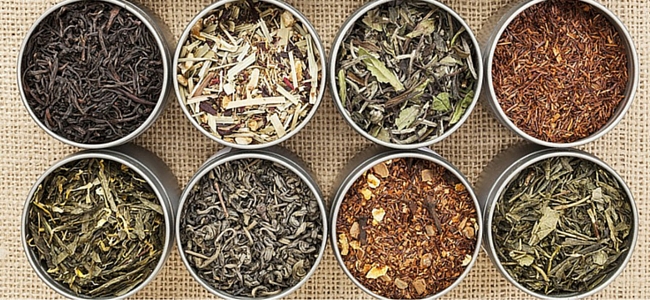What do politicians need to drink? Honest-tea. Get it? No?? Aye – tough crowd. Well it’s time to wake up and put those pinkies out because we’re having a tea party on the podcast this morning!
Surprising news to me, but tea is the most consumed beverage in the world after water. I love me some tea but if we’re being honest here, coffee > tea in the land of Krista and productivity. But! Jim, on the other hand, swears by his daily consumption.
We all know that tea is packed with antioxidants but did you know that drinking it regularly may help with weight loss, protecting your bones and keeping that healthy smile in tact? Tune in to the link below as Jim and Jim discuss some of the most popular teas, their health benefits and the best ways for consuming.
A little history lesson for ya – tea consumption in the US was largely influenced by the passage of the Tea Act (if you’re up for a 7th grade history lesson, you can read more about all that here) and protest during the American Revolution. It actually decreased immensely during and after the Revolution, when many Americans switched from drinking tea to drinking coffee, considering tea drinking to be unpatriotic. Flash forward a couple hundred years when the American specialty tea market nearly quadrupled between 1993-2008 and now worth $6.8 billion a year (HELLO!!). Nearly half of the US population drinks tea and is expected to increase over the next 5 years.
TYPES OF TEAS
Of course there are over 150 different types of teas, but we’re just going to showcase some of the most popular ones:
White: The name “white tea” is derived from the fine, silvery-white hairs on the unopened buds of the tea plant, which gives the plant a white, opaque-like appearance. The tea itself is actually not even white but more of a pale yellow. Caffeine: Roughly 30-55 mg/cup
Earl Grey: This is one of my go-to teas and one of the most recognized flavored teas in the world. It’s typically black in color and has hints of orange, lemon, lime and a little grapefruit. Caffeine: Roughly 55-90 mg/cup
Green: These leaves can be plucked in the morning and ready for brewing that same night. It completely bypasses the oxidation process which allows it to maintain most of its natural, dark green color plus Vitamin C, chlorophyll and minerals. And is therefore a bit more subtler than black. Another great think about this type is that due to its’ low caffeine content, its effect produces a steady, mild high with no major peaks or plunges ( this may be one of the biggest drawbacks to my almost-daily coffee intake). Caffeine: Roughly 35-70 mg/cup
Black: This is my top favorite – no sugars or sweeteners, just straight black. It’s made with fermented tea leaves. Studies have shown that black tea may protect lungs from damage caused by exposure to cigarette smoke and could also reduce the risk of stroke. Caffeine: Roughly 40-70 mg/cup
Chai: slightly bitter with hints of ginger, cinnamon, fennel, clove and black pepper. I feel the need to drink these around Christmas time – I have no idea why..but maybe because it makes me feel all warm and fuzzy inside. Caffeine: Roughly 40-60 mg/cup
Oolong: Semi-oxidized which placed them between the green and black teas. It has the complexity of black but the bright and freshness of green. Caffeine: Roughly 40-60 mg/cup
So there ya have it, folks. Grab yourself a cup-o-tea and enjoy your day!

